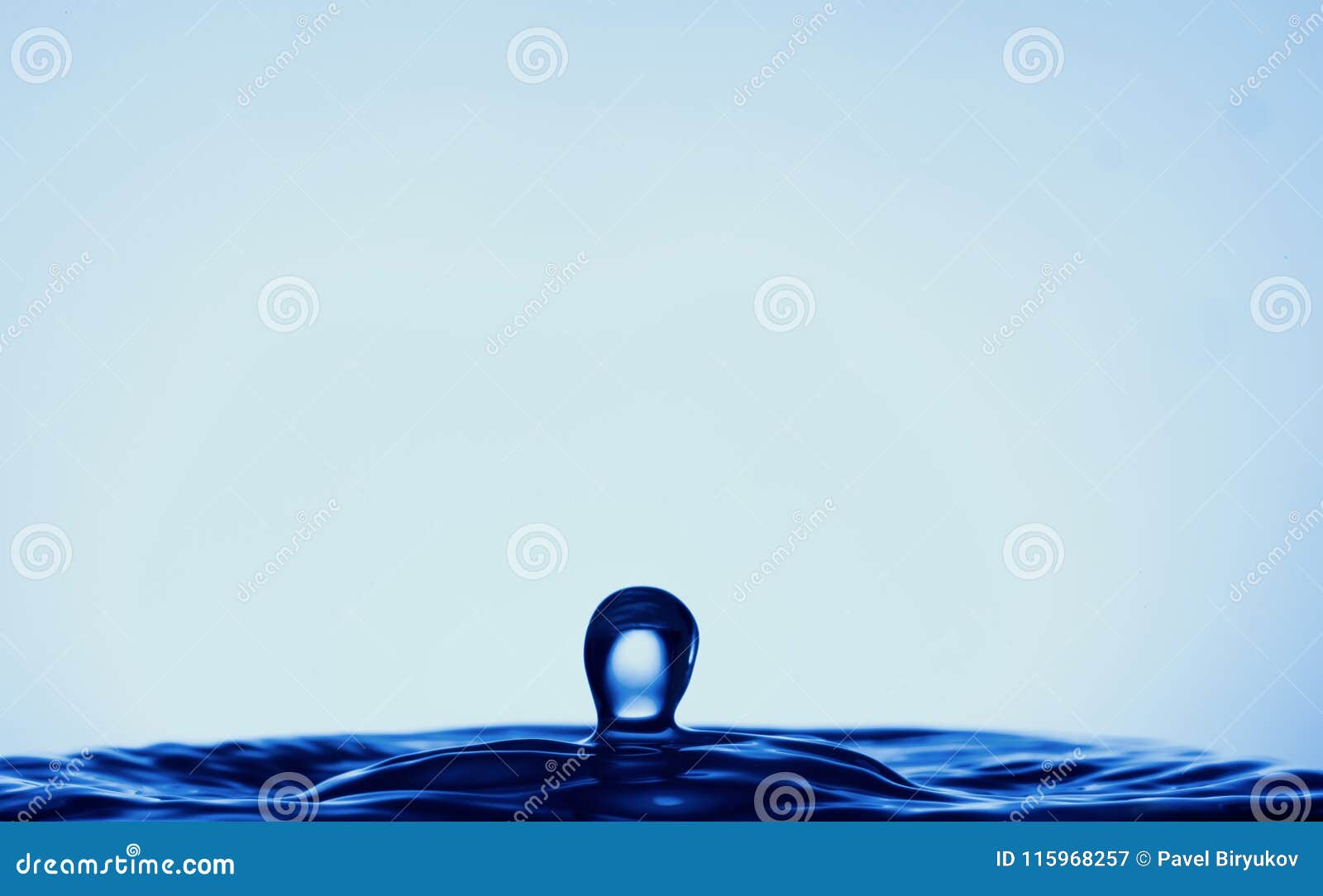
You see, when water falls directly from above in a neat droplet, the resulting splash tends to be rather uniform and symmetrical – just like the results I’d seen so far. One thing, however, that I’d seen before was still missing : Shapes. Some small tweaks were needed every now and then – to power settings, distance of flashes to the subject, but our aperture and shutter speed (which isn’t really relevant when using freeze flash) were constant, so it was more about creative lighting and colour than the actual button clicking.
#Water drop photo splash full
It can get messy (remember the pool below needs to be full to the brim, so it does spill out after a few drops!) – and it can be annoying having to continually change the water over when the dye from above has taken over the main body of water – but the captures were abstract and exciting to see with each and every click. The setup, equipment and timings were all working perfectly and the results were similar to what I’d seen created by others in a similar environment. Or how about sending black droplets into our pool of orange liquid below, with simple white light all around? What about if we fired two orange droplets down into a clear pool, but with a blue light across the foreground? What if we shone a mix of blue and red light into the bowl, while still illuminating the background in white? (Granted, we’re up to 3 flash heads now!) Knowing that capability, and the ability for these HS Freeze 6 heads to freeze the motion at the exact point the droplet hit, it was time to play around with more light and coloured water possibilities.

With the MIOPS controller, not only can we set the delay to match the exact height of the drop’s fall, but we can program in different droplet sizes and multiple drops to follow at a set delay in a sequence. Granted, that shot could be confused with diagrams from certain biology lessons, but a cool effect nonetheless – and what was the difference in the splash shape from my first attempt? Well, that’s all down to the app: So what about adding those coloured gels to the flash heads? What would happen if we fired a little bit of red light back at the water with one flash, while firing more powerful white light at the main pool? By luck, our timings were right, and this was the first capture: In order to pick up the droplets more easily, I added a small amount of food colouring to the top tube – meaning a slightly orange drop fell into an otherwise clear pool of water below. So with all that set up, it was time to try out the first drop. With their 600W of power and wide spread from the attached reflectors (along with the option of coloured gels for added effects), these are the perfect setup for this type of photography.Ĥ) Some water! Seriously, however, we need to think about what the water is going to fall in to – a flat-topped transparent vessel is key, allowing us to fade out the edge to infinity in the background of the final images. In this case, as I was only experimenting, I just grabbed an old 100mm Canon macro lens – allowing us to get really close to the subject and remain focused while filling the frame.ģ) Some powerful, “freeze capable” flashes – in this case, the Rollei HS Freeze 6 heads, capable of flash durations as short as 1/19,000th of a second. Of course, you can do this manually, with a dripping bag or human control, but trust me – this is much, much, easier!Ģ) A macro lens. In this case, I tried out the MIOPS “Splash” kit, with its intuitive remote app and simple setup, attaching it to a tripod and turning it on was almost all the preparation that’s needed. To make this as easy as it can be, we’re going to need, and use, a few key ingredients:ġ) A remote-controlled water drop delivery system. Using really fast flash speeds alongside some clever (or lucky) timings to capture drops of water as they hit the pool below. Whether you hear it referred to as “water drop photography” or “splash photography”, we’re generally talking about the same thing.


When 95% of your photography is capturing the outdoors or images for commercial clients, a few hours in the studio with some new toys to play with can open the mind (and shutter) to something very different indeed. Sometimes it’s great to just have a bit of time to experiment and play with a new way of seeing the world.


 0 kommentar(er)
0 kommentar(er)
